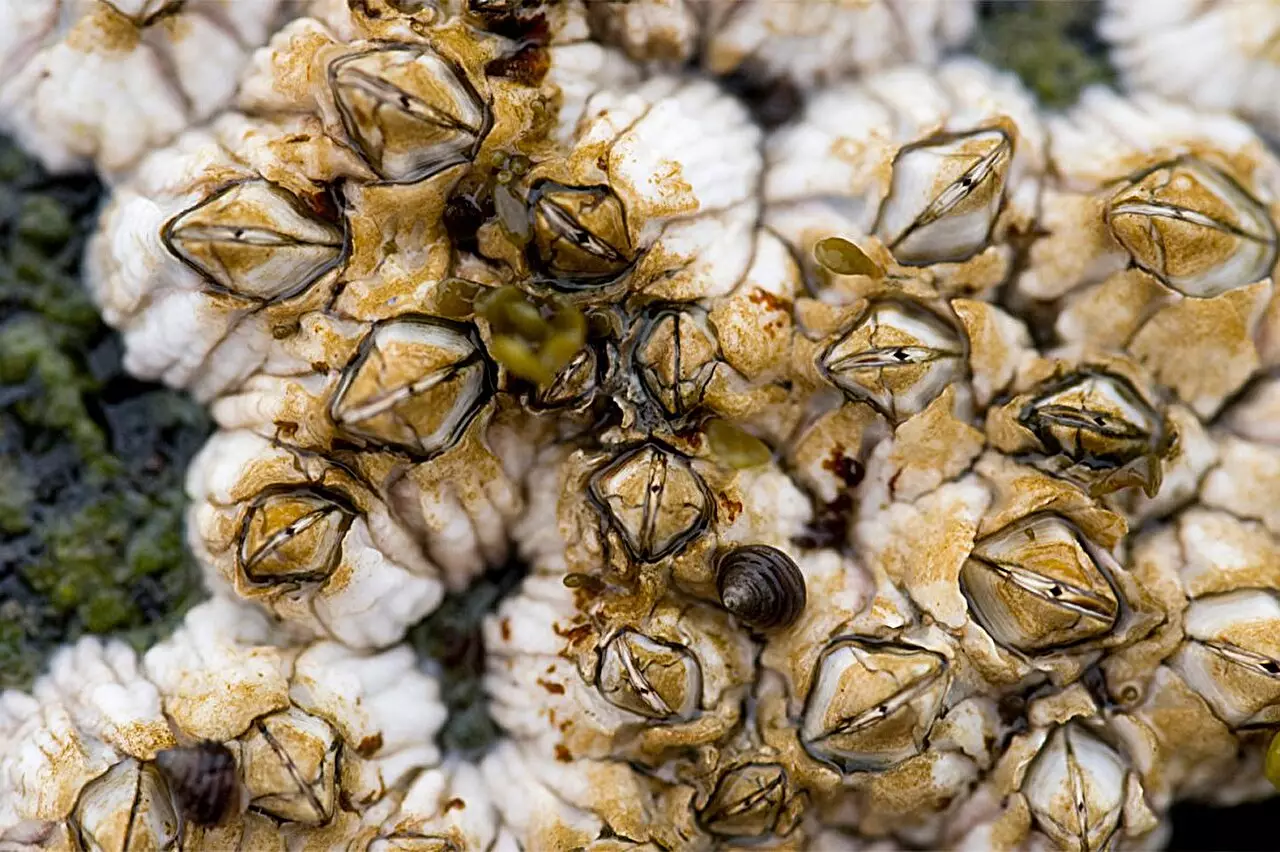Marine organisms, particularly barnacles, have developed remarkable adaptations allowing them to thrive in challenging environments. They cling to rocks and other surfaces at the seashore, demonstrating a unique capability to prepare those surfaces for their adhesion. This process involves the use of naturally occurring chemicals that effectively clear away bacterial contaminants before the barnacles apply their sticky “glue.” What if we could harness this biological ingenuity to address pressing medical and industrial issues involving bacterial biofilms? Bioengineering professor Abraham Joy and his team are exploring this intriguing possibility, seeking to bridge the gap between biological mechanisms and synthetic applications.
As researchers in the field of bioengineering, Joy’s lab had previously developed a synthetic polymer known for its excellent adhesion to wet surfaces. This advancement raised an essential question: could this polymer be applied to dislodge bacteria from various surfaces, including human tissues and industrial pipelines? Joy and his team embarked on an experimental journey, mimicking the barnacle’s natural processes to evaluate materials that might similarly affect bacterial biofilms. The results were promising, yielding unexpected success in loosening certain bacterial colonies. The team’s findings, published in the Journal of the American Chemical Society, highlighted the polymer’s impressive ability to dismantle biofilms composed of Pseudomonas aeruginosa, a notorious pathogen associated with antibiotic resistance.
Biofilms are complex communities of microorganisms, including bacteria and fungi, that adhere to various surfaces. These structures present significant challenges in medical and industrial contexts, as they protect the embedded microorganisms from conventional antibiotics. Joy notes that a staggering 60% to 80% of chronic wounds harbor biofilms, complicating treatment efforts since the bacteria within these communities often become dormant and unresponsive to traditional antibiotic therapies. The presence of biofilms significantly hampers healing as dormant bacteria are resistant to treatments designed for their active counterparts. According to Joy, successfully disrupting these biofilms can reactivate the bacteria, rendering them susceptible to standard antibiotic interventions.
Joy emphasizes that their research does not aim to kill the bacteria outright; rather, it focuses on weakening the biofilm structures that protect them. He uses a metaphor to simplify this concept: consider a biofilm as a house and the bacteria as the occupants. The goal is not to harm the residents but to compromise the building’s integrity, making it easier for treatment agents to access and eradicate the bacteria. This innovative approach presents a significant shift in how scientists and healthcare providers might think about antibiotics, moving from a purely lethal strategy to one centered on biofilm disruption.
While the polymer developed by Joy’s team was highly effective against Pseudomonas aeruginosa, it faced limitations with other bacteria like Staphylococcus aureus and E. coli. This discrepancy arises from the distinct compositions of different biofilms, as the structure of Pseudomonas biofilms predominately contains carbohydrates, while those of Staph and E. coli are more protein-rich. Joy and his team are keenly interested in delving into the mechanisms of interaction between the polymer and biofilm components, asking pivotal questions about how they might modify the polymer composition to improve its efficacy.
The vision for future research is to engineer highly specific polymers that can target various bacterial species, thus creating versatile tools to combat infections across a range of environments. By understanding the intricate relationships between polymers and biofilms, researchers could pave the way for advanced treatments that address numerous bacterial challenges with surgical precision.
Joy concludes that this research has the potential to spark discussions about reimagining antibiotic design, emphasizing that considerations of physical and mechanical properties of biofilms could become central to future developments. Pathfinder research such as this bridges the gap between nature’s solutions and human challenges. It inspires optimism for novel therapies that could significantly impact healing chronic wounds and eliminating bacterial contamination in various industries. With continued exploration and innovation, the field of bioengineering may soon be at the forefront of a new wave of antimicrobial strategies tailored to our diverse microbial adversaries.



Leave a Reply